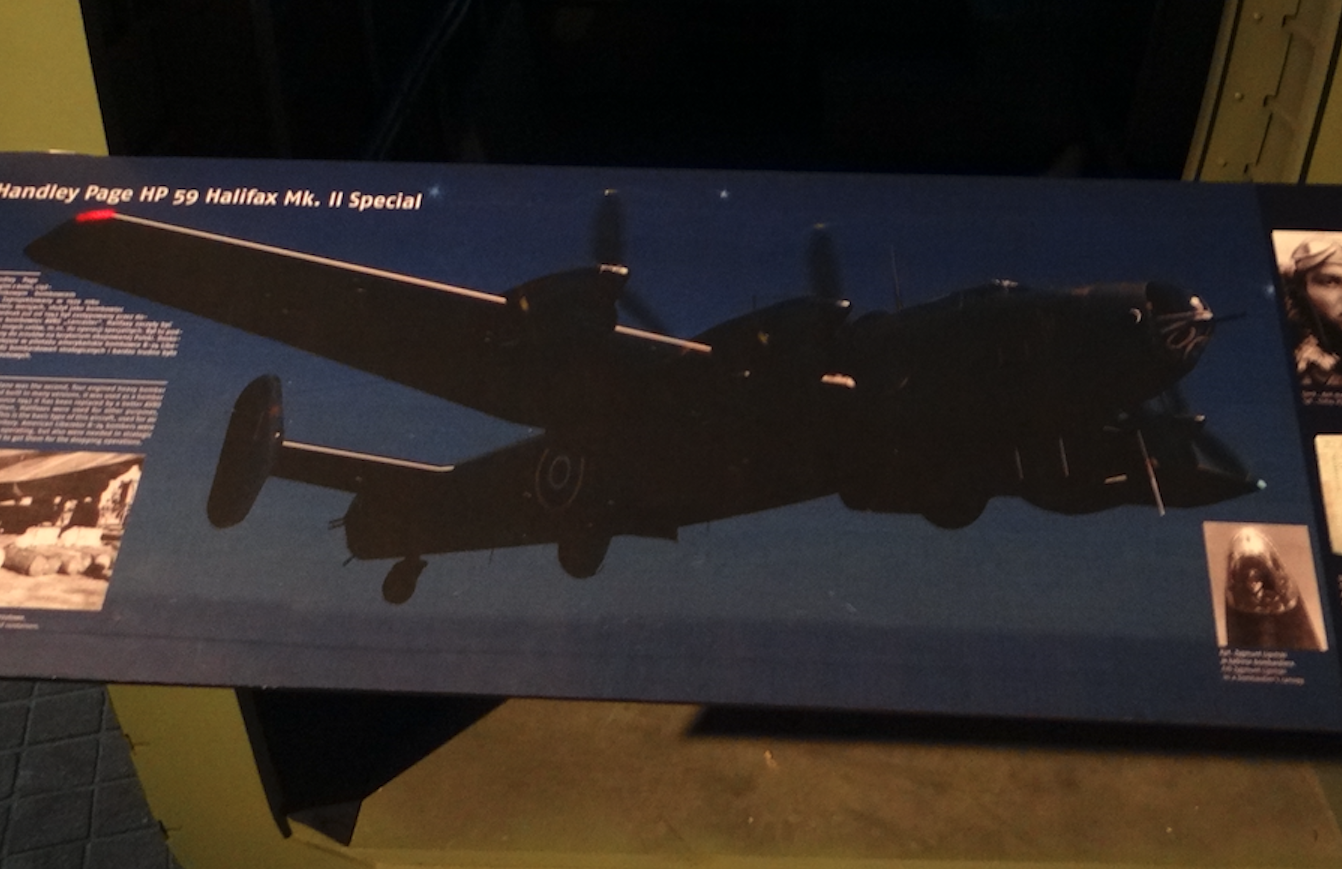Kraków 2025-01-03
Handley Page Halifax.
The Handley Page Halifax is a heavy, British, four-engine bomber from the period of World War II, which was started by the Germans and their Muscovite brothers. At that time, the Handley Page Halifax bomber was classified as a strategic aircraft. The prototype of the aircraft made its first flight on October 25, 1940. Production lasted from 1940 to 1946, 6,176 units were built and were operated until the end of the 50 years. The aircraft were operated by the following countries: Great Britain, Australia, Canada, Free France, Egypt, Pakistan, Polish Armed Forces in the West.
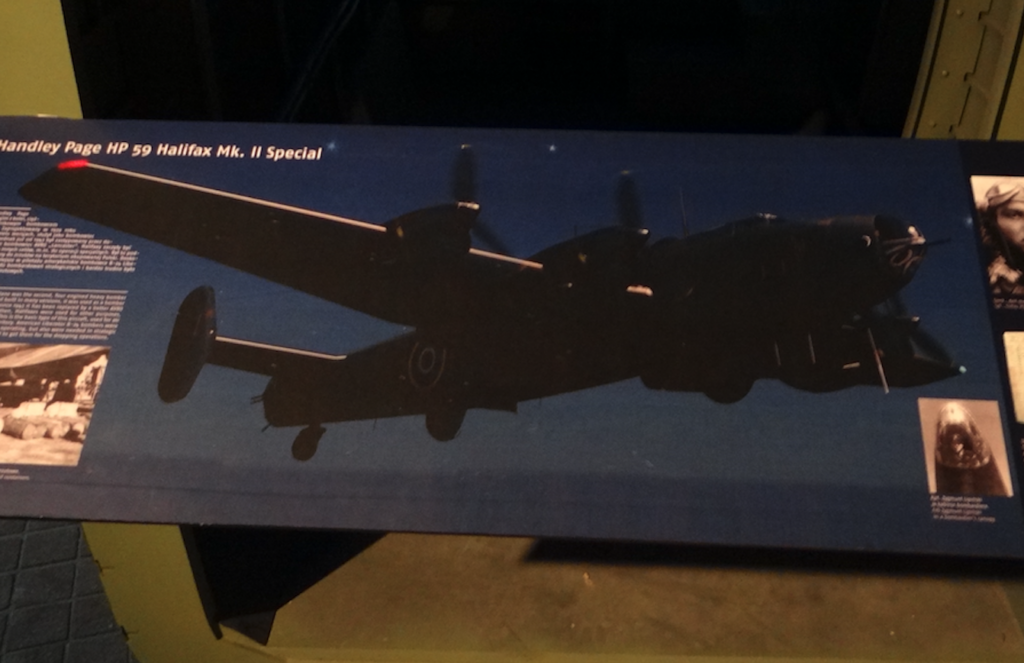
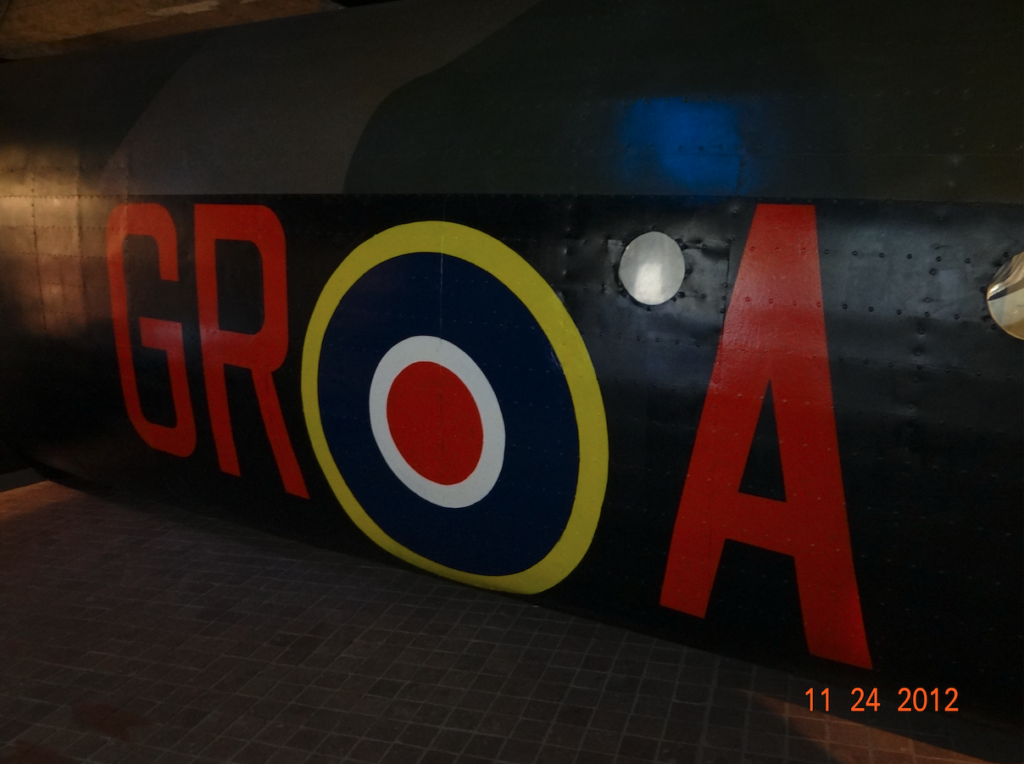
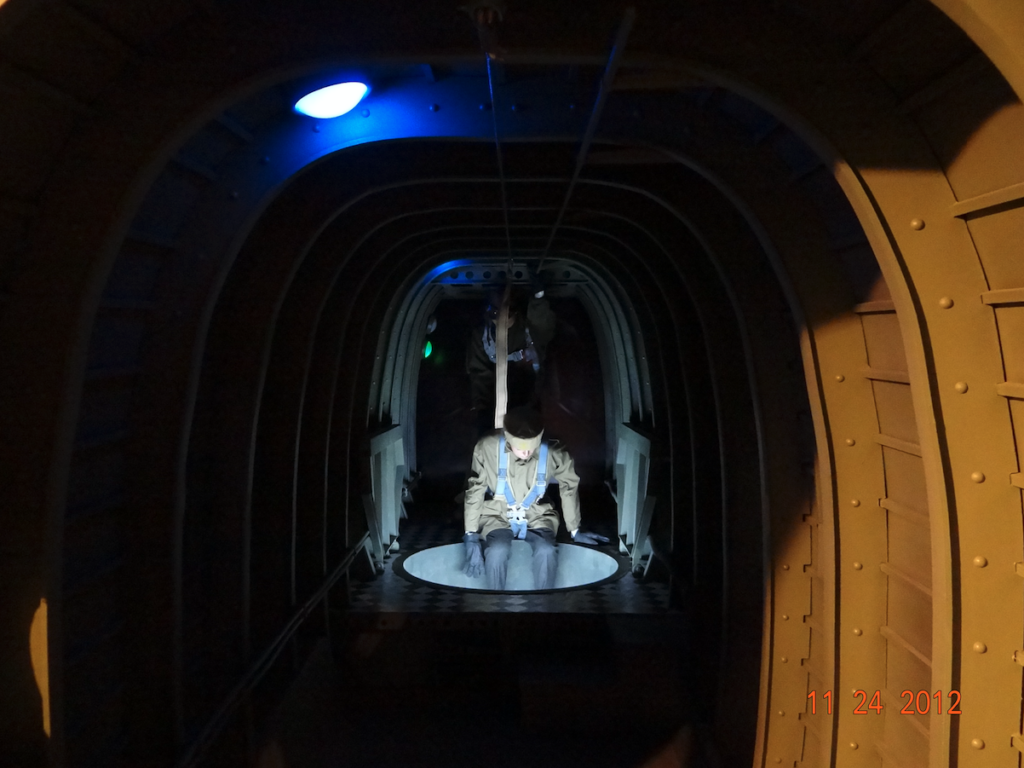
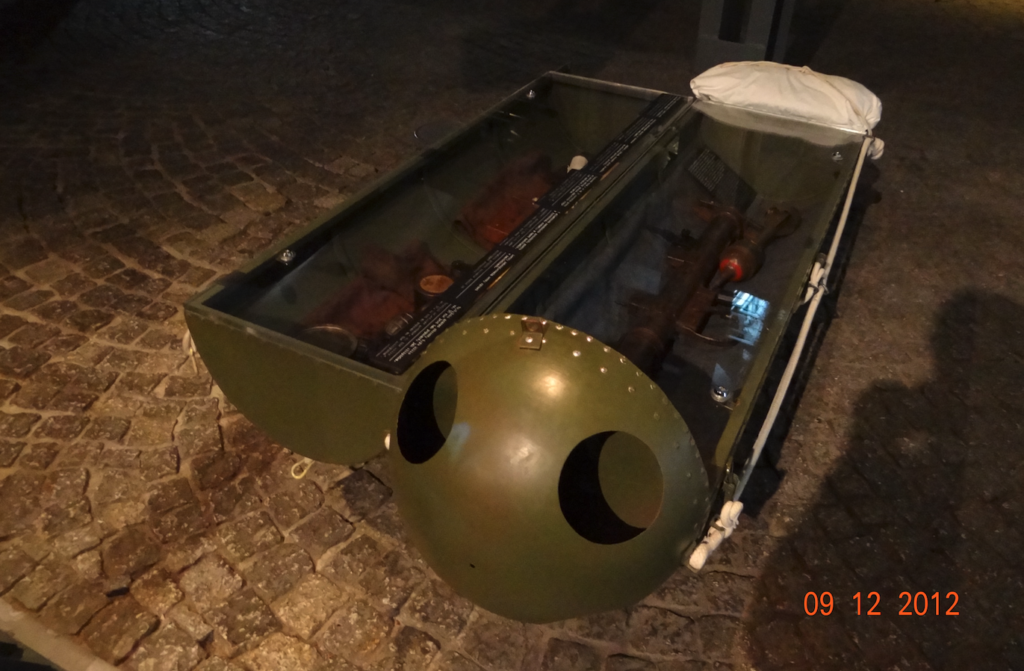
The Handley Page Halifax was the first heavy bomber of the Royal Air Force from 1940 to 1942. It was a supplement to the massively used twin-engine bomber Vickers Wellington, and was replaced by the Avro Lancaster bomber. Handley Page Halifax aircraft were used as bombers, transport aircraft, transport glider tugs and for special tasks, such as airdrops for the resistance movement in occupied countries, including Poland.
Work on the Handley Page Halifax aircraft began based on specification No. P.13/36, issued by the British Air Ministry on September 8, 1936. Initially, the aircraft was to be twin-engined and carry a bomb load of 8,000 pounds of bombs (3,629 kg). The planned range with a payload was 2,000–3,000 miles (3,218–4,827 km), and the cruising speed was 275 mph (442 km/h). Eight factories took part in the competition. AVRO won, but funds for the construction of two prototypes were also received by Handley Page, for the HP.56 project. Both designs were to be powered by new powerful Rolls-Royce Vulture engines. But the engines proved underdeveloped and in July 1937, it was decided to use four smaller engines. The design received a new designation Handley Page HP.57. The aircraft was enlarged. The HP.57 aircraft was powered by four inline engines of the successful Rolls-Royce Merlin X family, with a power of 1,280 hp.
The first prototype HP.57 (number L7244) made its first flight on 25 October 1939, at RAF Bicester. Already on 7 January 1938, the RAF ordered 100 units. The aircraft received the name Halifax, the name of the city in England. The second prototype L7245, with armament and full equipment, flew on 17 August 1940. The first serial version was the Halifax B Mk.I bomber, similar to the prototypes, with Merlin X engines, with a power of 1,280 hp. The Mk.II version, bearing the factory designation HP.59, received new Merlin XX inline engines, with a power of 1,390 hp. The first aircraft of this version were produced in September 1941. In subsequent versions, the shape of the aircraft’s nose, armament layout, window layout and other minor changes were changed. The new nose was longer and streamlined. In order to improve stability, the double vertical tails were enlarged and their shape was changed. In time, a new version of the Merlin 22 engines, with a power of 1,390 hp, was also used.
In the following months, maritime patrol versions of the GR Mk.II and others were created. Transport aircraft were also built, with reduced armament and increased range, by adding fuel tanks. Meteorological reconnaissance versions were built, equipped with on-board radar stations. Some, subsequent versions were equipped with Bristol Hercules XVI radial engines, with a power of 1,650 hp. The Mk.VI version received Hercules 100 engines, with a power of 1,800 hp, which was built from October 1944. From 1944, the pace of production decreased, at the expense of the production of new types of bombers.
After the war, an unarmed transport version, the Halifax C Mk.VIII (HP.70), was created, with an enlarged transport compartment in place of the bomb bay and space for 11 passengers. 100 examples were built. The last version was the landing version, which took 16 paratroopers with equipment on board. A total of 6,176 production Handley Page Halifax aircraft were built.
Handley Page Halifax in the Polish Armed Forces.
In September 1941, one Polish crew was incorporated into the British 138th Special Duty Squadron, flying supplies for the Home Army.
After the disbandment of the Polish 301st Bomber Squadron in April 1943, some of its crews were assigned to the British 138th Special Duty Squadron as its squadron. In late 1943, the squadron was renamed the 301st Polish Special Duty Flight, and then the 1586th Special Duty Flight. Flying Halifax and Liberator aircraft, the Polish squadron, along with other allied units, supplied Home Army units in Poland. Among others, the Cichociemni were transported by the aircraft, and supply flights were carried out during the Warsaw Uprising. In November 1944, the squadron was strengthened and renamed the 301st Squadron, and in March 1945, it was transferred to transport aviation. After the end of World War II, until December 1946, the Poles in the 301st Squadron carried out transport flights, using C Mk.VIII version aircraft.
The flights with airdrops to Poland lasted 47 months, from the night of February 15/16, 1941, to the night of December 28/29, 1944. 966 aircraft took part in the flights, 512 of which reached Poland. 345 Cichociemni paratroopers were transferred to Poland. A total of 590,000 kg of supplies were dropped in containers and parcels; weapons, ammunition, medicines, $35 million US, 20 million German marks, 41 million occupation Polish złoty. This was not much, considering the needs of the Polish Nation fighting since September 1, 1939, but it greatly increased the morale of Polish soldiers and civilians. The aircrews suffered huge losses. During the Warsaw Uprising, about 30% of the aircrews were lost. The Allied pilots’ cemetery in Krakow is located on Prandoty Street. Glory to the Heroes!
Handley Page Halifax construction.
The Handley Page Halifax is a four-engine, all-metal, medium-wing aircraft. In the front of the fuselage there was a glazed bombardier’s station, and above it a gun turret with two machine guns. Then the nose was changed to a more streamlined one. In the front part there was a bombardier-gunner’s station. Behind the nose of the fuselage there was a glazed cockpit. On the back, in the middle part of the aircraft, there was a gun turret; except for the Mk.I version, transport and special versions. In the lower part of the fuselage there was a bomb bay. At the end of the fuselage there was a gun turret with four machine guns. The aircraft had a double tail, stabilizers and rudders had a contour close to triangular (early versions) or trapezoidal. The aircraft had a classic undercarriage. The main legs with single wheels, were retracted into the nacelles of the inner engines, the tail wheel self-adjusting, not retractable.
The crew usually consisted of seven pilots: two pilots, a flight engineer, a navigator, a bombardier, a radio operator, a top gunner and a tail gunner. Some of the later bomber versions had an H2S radar for observing the ground surface to facilitate targeting or for meteorological reconnaissance. The Handley Page Halifax was the first aircraft to be fitted with this radar in March 1942. Special purpose transport versions had additional fuel tanks in the bomb bay. In the special mission version, a round hatch was fitted in the floor of the hold, opening inwards, through which jumpers jumped out and containers with supplies were dropped.
The drive was provided by four Rolls-Royce Merlin inline engines in several versions or Bristol Hercules radial engines. Engine power ranged from 1,280 hp to 1,800 hp. Three-blade Rotol propellers, 3.8 m in diameter, metal, with adjustable blade pitch.
T-T Handley Page Halifax data: Crew 7 pilots. Wingspan 30.12 m and 31.75 m. Length 21.82 m. Height 6.32 m. Wingspan 116 m2 and 118.4 m2. Empty weight 17,208 – 17,350 kg. Take-off weight 29,056 – 29,510 kg. Maximum speed 418 – 454 km/h. Ceiling 7,315 m. Range 1,658 km.
Written by Karol Placha Hetman

